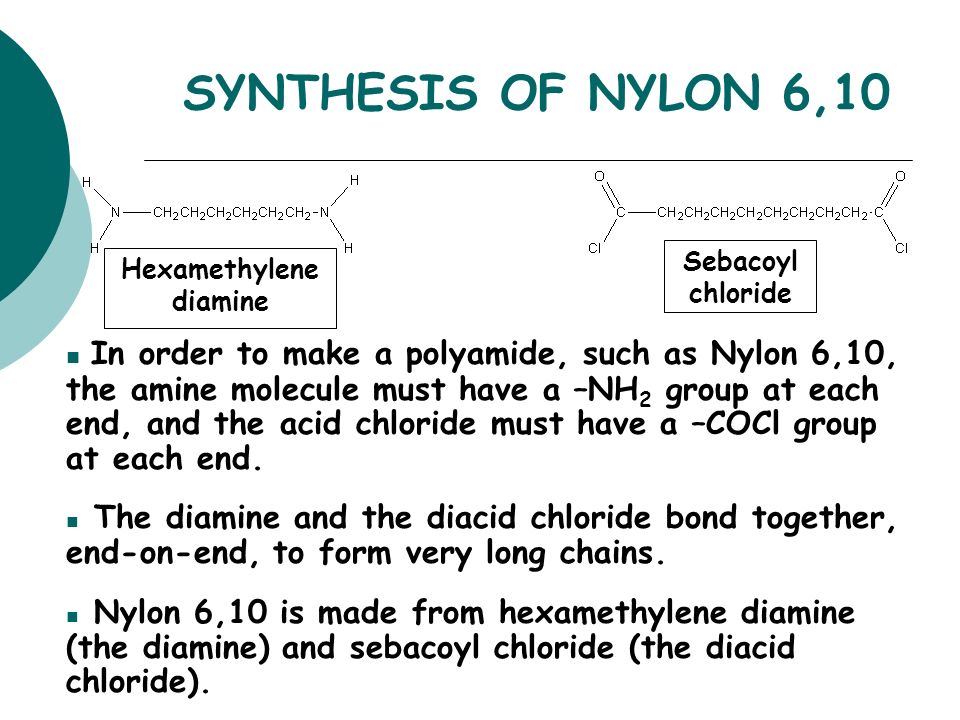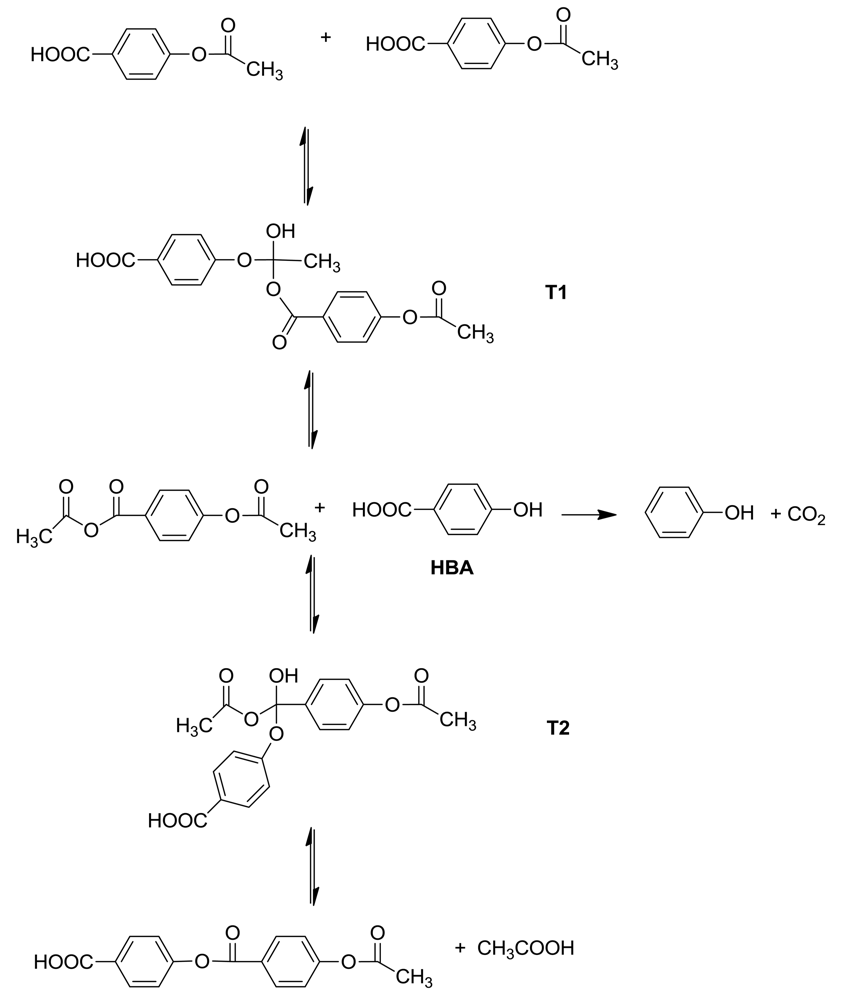

Nylon: Nylon, any synthetic plastic material composed of polyamides of high molecular weight and usually, but not always, manufactured as a fibre. Nylons were developed in the 1930s by a research team headed by an American chemist, Wallace H. Carothers, working for E.I. du Pont de Nemours & Company.


Sigma-Aldrich offers Aldrich-181110, Nylon 6 for your research needs. Find product specific information including CAS, MSDS, protocols and references.
Highly efficient ammonia synthesis catalyst developed More than three times the efficiency of current industrial catalysts Date: February 7, 2018
Recent investigations of chirality transfer from photons to amino acids are reviewed. • A focus on asymmetric photolysis and synthesis by circularly polarized light



Materials Research Print version ISSN 1516-1439On-line version ISSN 1980-5373 Mat. Res. vol.12 no.1 São Carlos Jan./Mar. 2009 http://dx.doi.org/10.1590/S1516-14392009000100002

Synthesis. Nylon 6 can be modified using comonomers or stabilizers during polymerization to introduce new chain end or functional groups, which changes the reactivity and chemical properties.
Polyethylene, polypropylene, PVC, nylon, and Bakelite are some of the synthetic polymers. Read more about Polypropylene and Nylon, and the difference between them.
Carboxylic acid – Synthesis of carboxylic acids: Most of the methods for the synthesis of carboxylic acids can be put into one of two categories: (1) hydrolysis of acid derivatives and (2) oxidation of various compounds.

Nylon is a generic designation for a family of synthetic polymers, based on aliphatic or semi-aromatic polyamides.Nylon is a thermoplastic silky material that can be melt-processed into fibers, films or shapes.
Spicy Guitar is an easy-to-use sound synthesis software providing a realistic acoustic guitar simulation as well as original string-based sounds.